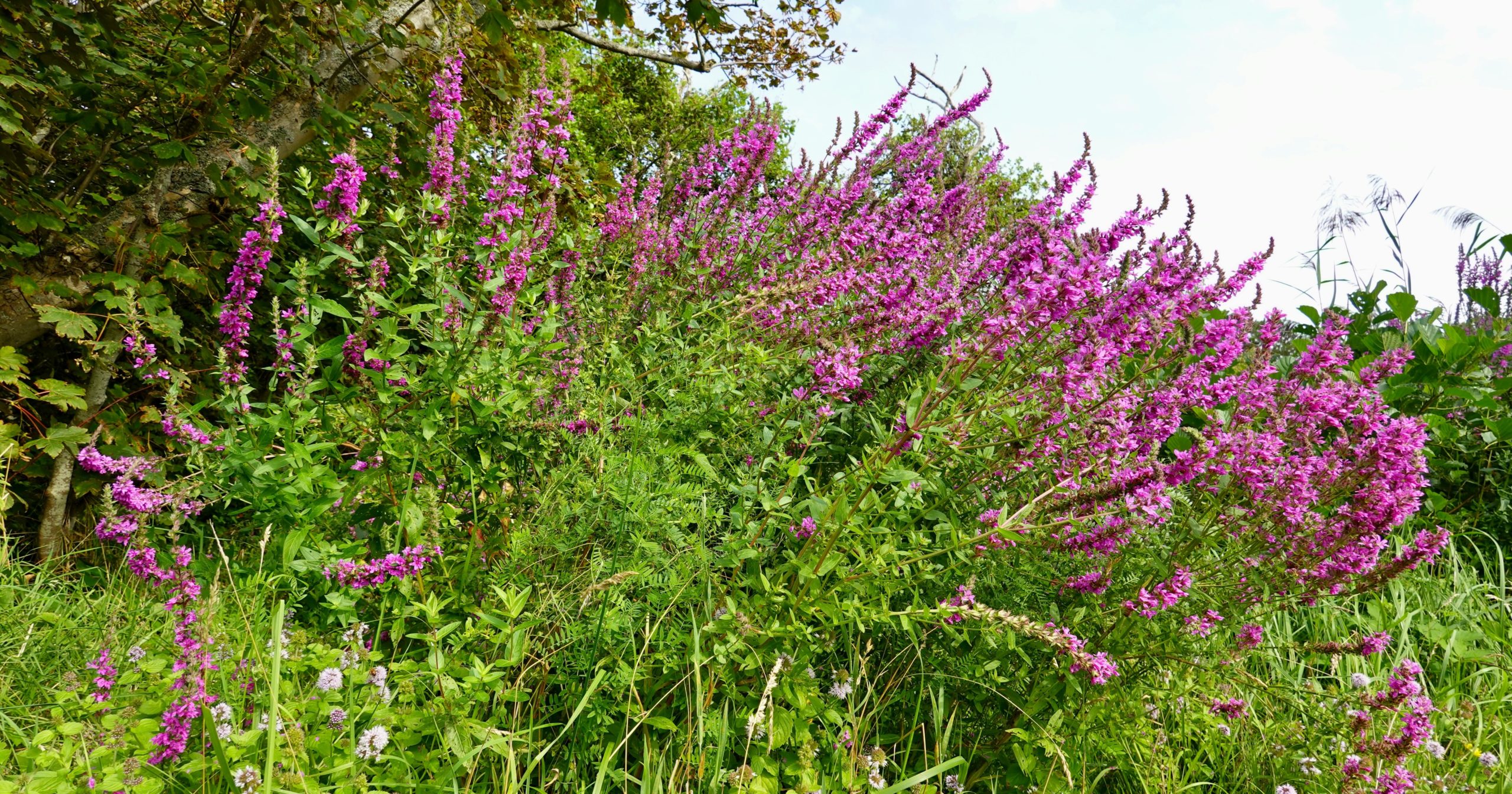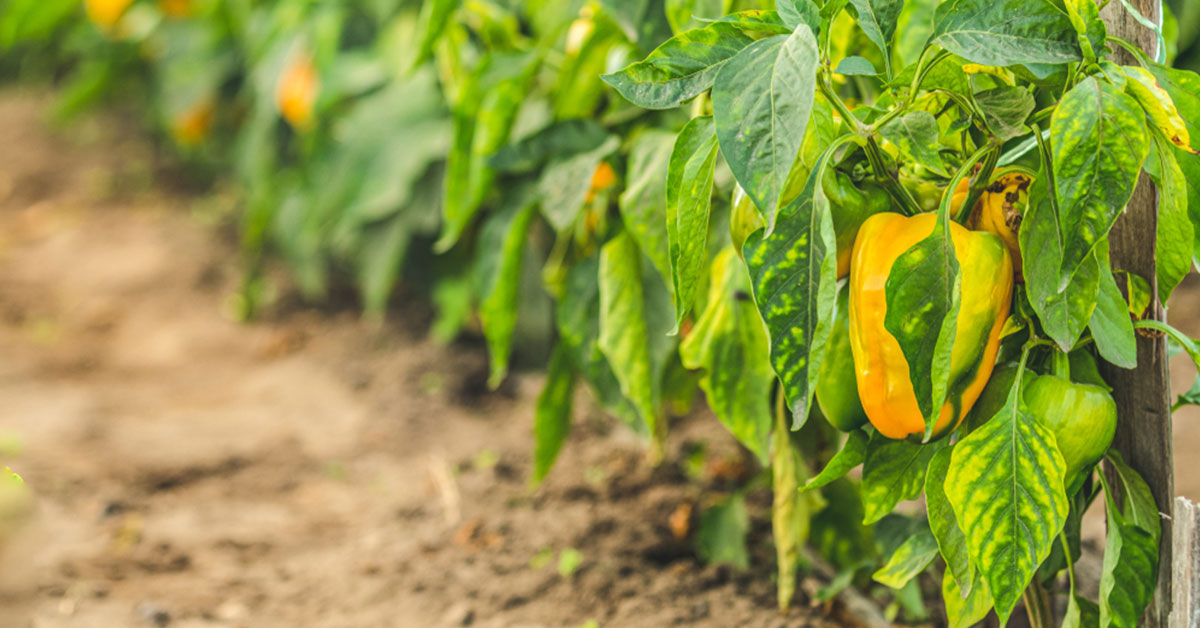As gardeners, we are always on the lookout for beautiful plants to enhance our gardens. However, it’s crucial to be mindful of the potential impact some plants can have on our local ecosystems. One plant that stands out for its detrimental effects is Purple Loosestrife. While its vibrant purple spikes may look appealing, this invasive species can wreak havoc on native habitats. Before you consider adding this plant to your garden, let’s delve into why you should avoid it at all costs.
Purple Loosestrife (Lythrum salicaria) is notorious for its aggressive growth and ability to spread rapidly, outcompeting native plants and disrupting ecosystems. Despite its attractive appearance, the negative consequences far outweigh any aesthetic benefits. Let’s explore the key reasons why Purple Loosestrife should be on your list of plants to avoid.
Aggressive Growth

One of the primary reasons to avoid planting Purple Loosestrife is its aggressive growth habit. This plant spreads rapidly through both seeds and underground stems, quickly taking over large areas. In just a few years, a small patch can turn into a dense thicket, crowding out native vegetation and altering the natural landscape.
This rapid spread is particularly problematic in wetlands, where Purple Loosestrife can dominate the area and significantly reduce biodiversity. Its dense growth can choke out native plants that are crucial for the health of these ecosystems. The result is a monoculture that offers little value to local wildlife, disrupting food chains and habitat structures.
Displacement of Native Species
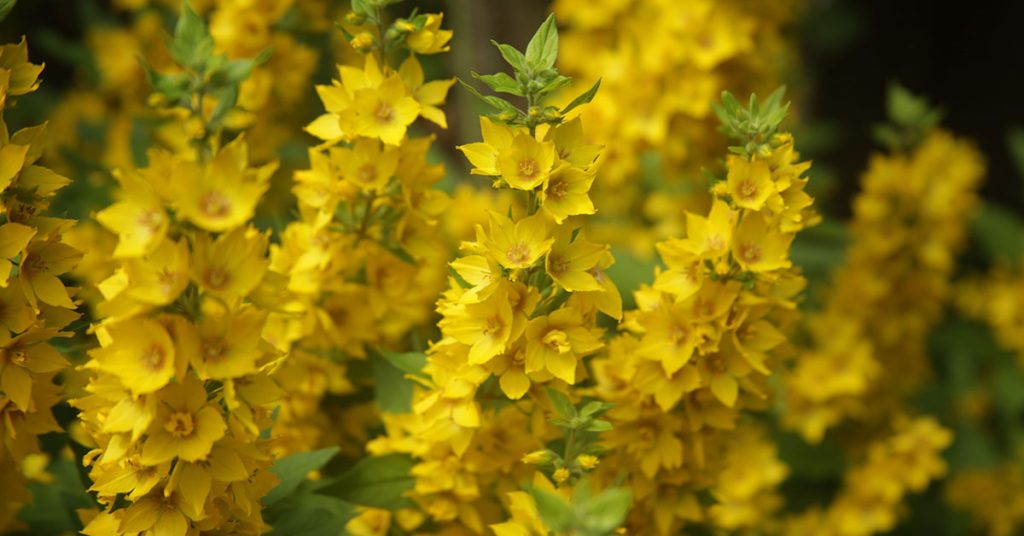
Purple Loosestrife’s invasive nature means it often displaces native plant species, which can have a cascading effect on the entire ecosystem. Native plants have evolved to support local wildlife, providing food and habitat for insects, birds, and other animals. When Purple Loosestrife takes over, these native plants are often pushed out, leading to a decline in the species that rely on them.
For example, many wetland birds depend on native plants for nesting and feeding. When Purple Loosestrife invades, it can reduce the availability of suitable habitat and food sources, putting these bird populations at risk. The loss of native plants also affects insects, such as butterflies and bees, that are essential for pollination and other ecological functions.
Reduction of Biodiversity
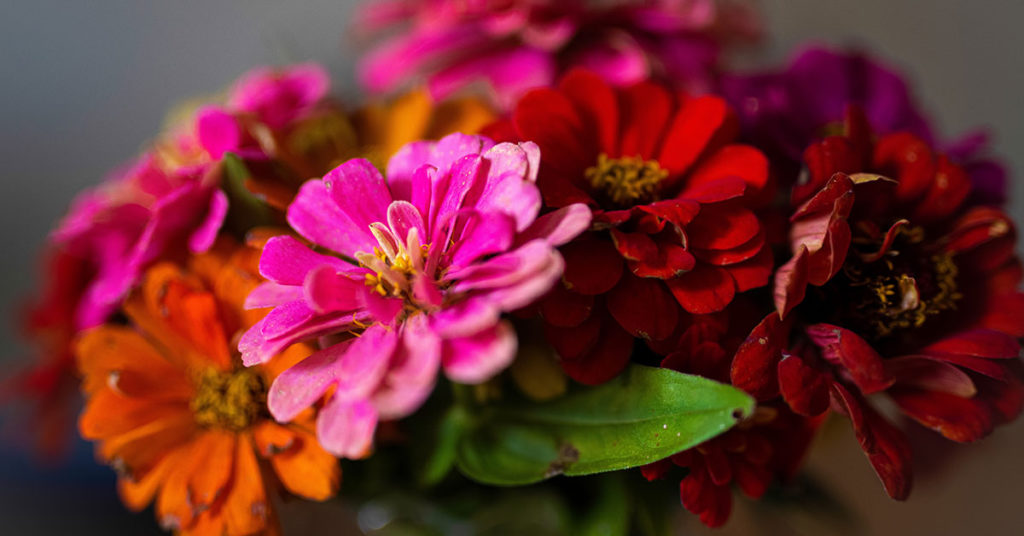
Biodiversity is crucial for the health and resilience of ecosystems. It ensures that there are multiple species performing various ecological roles, creating a balanced and stable environment. Purple Loosestrife disrupts this balance by forming dense stands that support very few other species. This reduction in biodiversity makes ecosystems more vulnerable to pests, diseases, and environmental changes.
In areas where Purple Loosestrife has taken over, the lack of plant diversity can lead to soil degradation and increased erosion. Native plants with deep root systems help stabilize soil and maintain water quality, but when these plants are displaced by Purple Loosestrife, these vital functions are lost. The result is a less resilient ecosystem that is more susceptible to environmental stressors.
Negative Impact on Wetlands

Wetlands are among the most productive and ecologically important habitats on the planet. They provide critical services such as water filtration, flood control, and habitat for a wide range of species. Unfortunately, Purple Loosestrife poses a significant threat to these valuable ecosystems. Its ability to rapidly colonize wetland areas can drastically alter the hydrology and soil composition, leading to the degradation of these habitats.
In wetlands, Purple Loosestrife can outcompete native plants like cattails, sedges, and rushes, which are essential for maintaining the health of the ecosystem. This invasion can reduce the wetland’s capacity to support wildlife, impacting everything from amphibians and fish to birds and mammals. The loss of these habitats can have far-reaching consequences for biodiversity and ecosystem services.
Difficult to Control
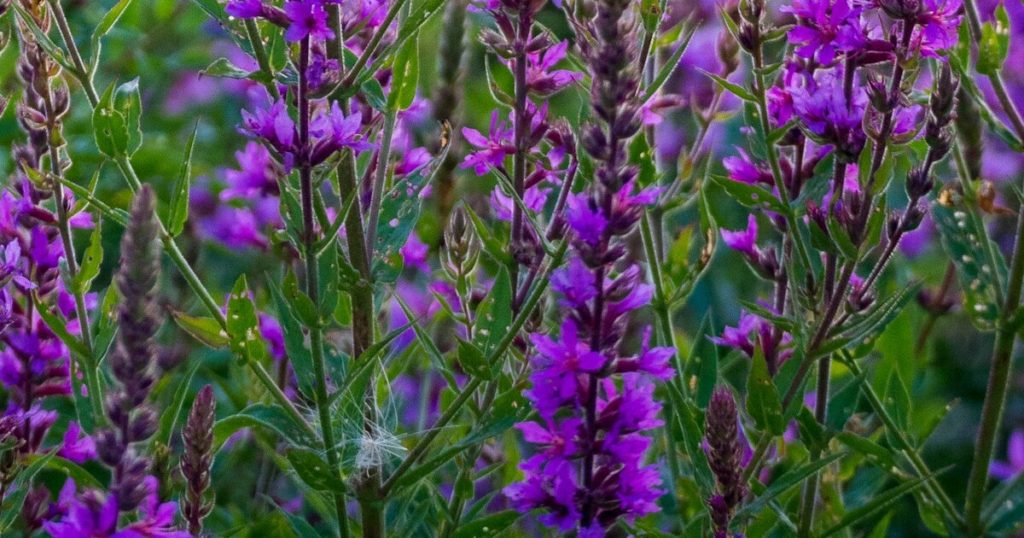
Once Purple Loosestrife becomes established, it is incredibly difficult to eradicate. This plant produces millions of seeds each year, which can remain viable in the soil for several years. Additionally, its extensive root system can regenerate from small fragments, making it challenging to remove completely. Mechanical removal, such as pulling or cutting, often leads to further spread if not done meticulously.
Chemical control methods can be effective, but they must be used with caution to avoid harming other plants and wildlife. Biological control, using insects that specifically target Purple Loosestrife, has shown some promise, but it is not a quick fix and requires careful management. The difficulty in controlling this invasive species makes prevention the best strategy.
Impact on Water Quality
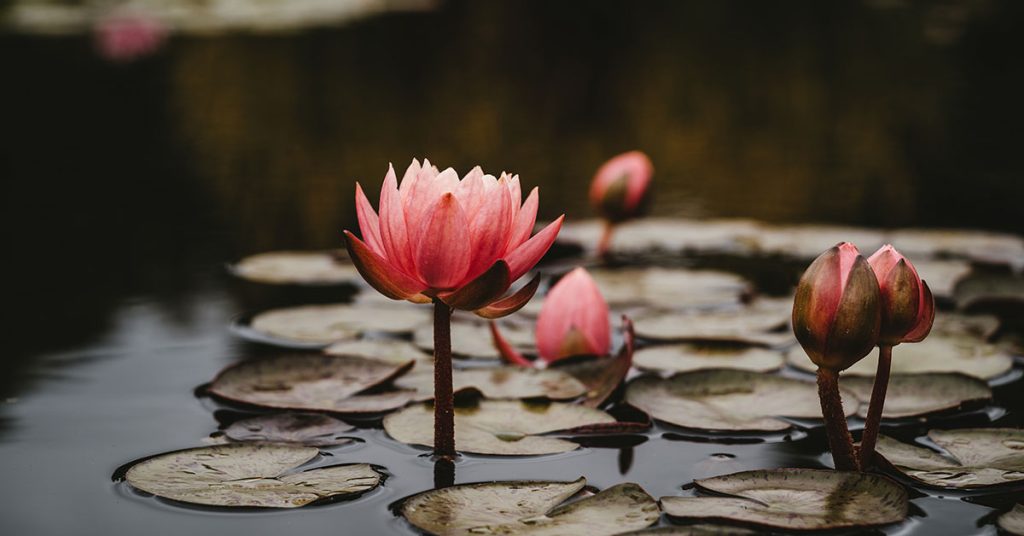
Purple Loosestrife can also have negative effects on water quality. In wetland areas, the dense growth of this plant can reduce water flow and increase sedimentation. This can lead to stagnant water conditions, which are less oxygenated and can negatively impact aquatic life. The alteration of water dynamics can also affect the natural filtration processes that wetlands provide, leading to poorer water quality.
The presence of Purple Loosestrife can also disrupt the balance of nutrients in the water. Its dominance can lead to the depletion of certain nutrients needed by native plants, further stressing the ecosystem. Poor water quality can have a ripple effect, impacting not just plants and animals but also human communities that rely on these water resources.
Aesthetic and Economic Costs
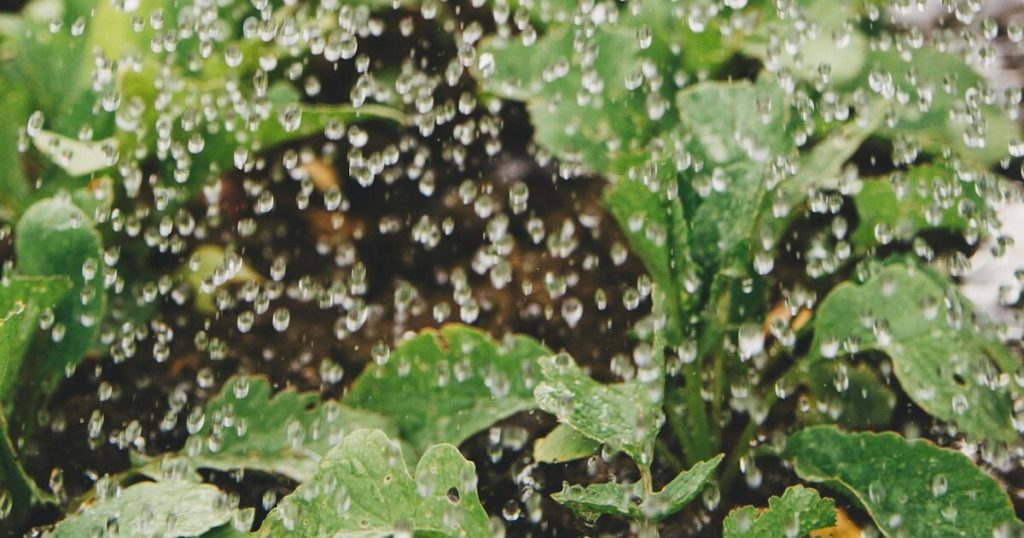
While some might be drawn to the vibrant purple flowers of Purple Loosestrife, the long-term aesthetic and economic costs are significant. The invasion of this plant can drastically alter the appearance of natural landscapes, turning diverse ecosystems into monotonous stands of a single species. This loss of natural beauty can affect tourism and recreation, which are important economic drivers for many communities.
Managing Purple Loosestrife invasions requires substantial resources. Land managers, conservationists, and property owners often have to invest significant time and money into control efforts. This can include mechanical removal, herbicide application, and biological control programs. The economic burden of managing this invasive species can be a significant drain on resources that could be used for other conservation efforts.
Impact on Wildlife

The dense stands of Purple Loosestrife provide little to no value to most wildlife. Unlike native plants, which offer food and habitat, Purple Loosestrife does not support the same diversity of animal species. Birds, insects, and mammals that rely on native vegetation for survival find little sustenance in areas dominated by Purple Loosestrife.
For instance, waterfowl that feed on the seeds and foliage of native wetland plants find fewer resources in areas overrun by Purple Loosestrife. Insects that pollinate native flowers or use native plants as host plants for their larvae also suffer. This can lead to a decline in wildlife populations and disrupt the intricate web of interactions that sustain healthy ecosystems.
Legal Restrictions

Many regions have recognized the threat posed by Purple Loosestrife and have implemented legal restrictions to control its spread. In some areas, it is illegal to plant, sell, or transport Purple Loosestrife. These regulations are in place to protect native ecosystems and prevent the further spread of this invasive species. Gardeners need to be aware of these restrictions and comply with local laws to avoid fines and contribute to conservation efforts.
Understanding and adhering to these legal restrictions is crucial for responsible gardening. By choosing alternative native or non-invasive plants, gardeners can help preserve local biodiversity and protect valuable natural habitats. Educating others about the dangers of Purple Loosestrife and promoting the use of native plants can also make a significant difference in controlling its spread.
Alternatives to Purple Loosestrife
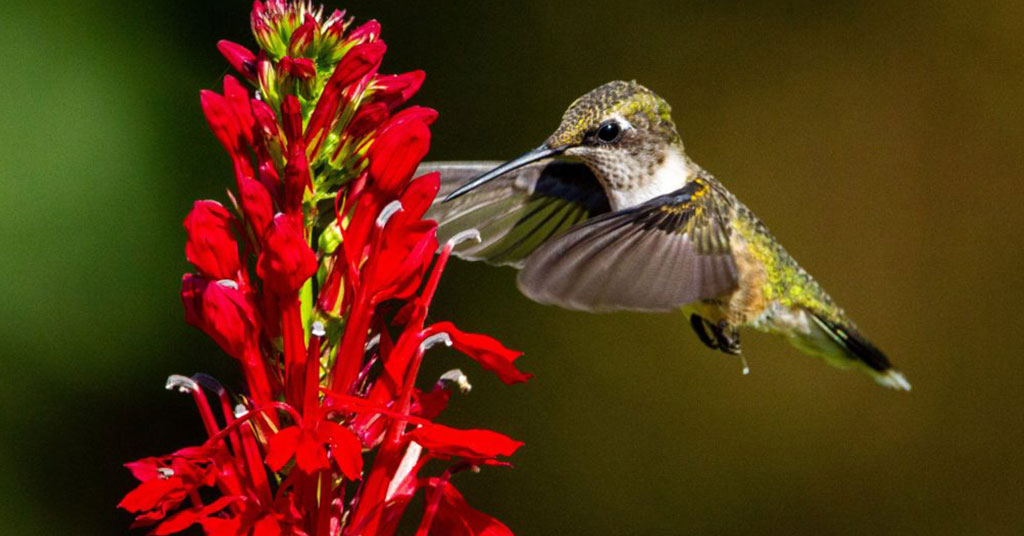
Fortunately, there are many beautiful alternatives to Purple Loosestrife that can provide similar aesthetic appeal without the negative environmental impact. Native plants like Joe-Pye Weed, Blue Flag Iris, and Cardinal Flower offer stunning blooms and support local wildlife. These alternatives can enhance your garden’s beauty while contributing positively to the ecosystem.
Choosing native plants not only helps preserve biodiversity but also ensures that your garden supports local pollinators and other beneficial insects. Native plants are often well-adapted to local soil and climate conditions, making them easier to care for and more resilient to pests and diseases. By opting for these alternatives, you can create a vibrant, healthy garden that benefits both you and the environment.
